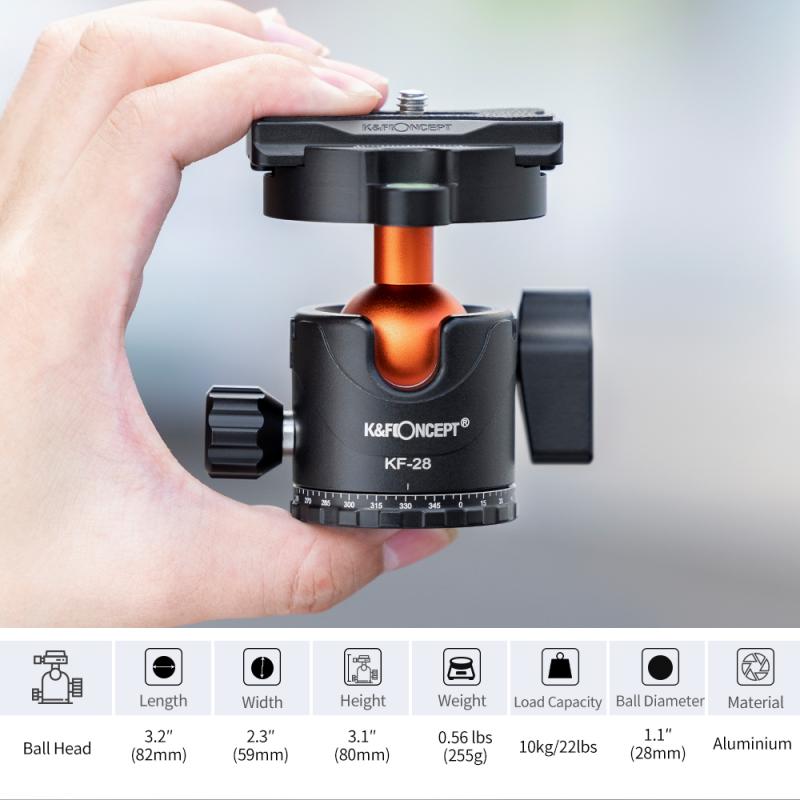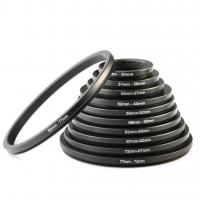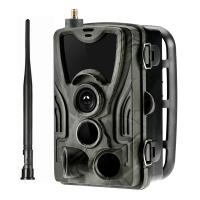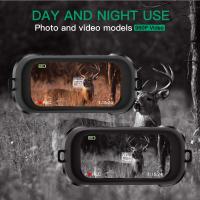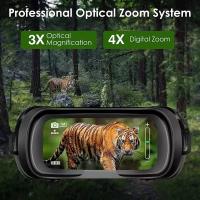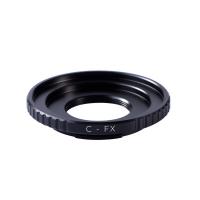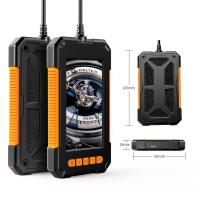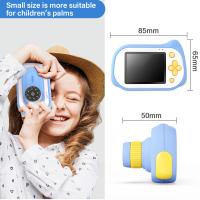When To Use A Monopod Vs Tripod ?
A monopod is typically used when you need some stability for your camera or other equipment, but also require mobility and quick setup. It is commonly used in situations where you need to move around frequently, such as sports photography or wildlife photography. On the other hand, a tripod is used when you need maximum stability and want to ensure that your camera remains completely still. It is ideal for situations where you need to take long exposures, shoot in low light conditions, or capture detailed images. Tripods are commonly used in landscape photography, astrophotography, and studio photography.
1、 Stability: Tripod offers more stability than a monopod.
When to use a monopod vs tripod? Stability is a key factor to consider. A tripod offers more stability than a monopod. This is because a tripod has three legs that provide a solid base, ensuring minimal movement and shake. It is ideal for situations where you need to keep your camera steady for long exposures, low-light conditions, or when using telephoto lenses with heavy equipment.
On the other hand, a monopod provides some stability but not as much as a tripod. It has a single leg that can be extended to different heights. A monopod is lighter and more portable than a tripod, making it suitable for situations where you need to move around quickly or when shooting in crowded areas. It can help reduce camera shake to some extent, but it may not be sufficient for long exposures or heavy equipment.
However, it is important to note that advancements in technology have led to the development of more stable monopods. Some monopods now come with features like built-in feet or a tripod base, which can enhance stability. These hybrid monopods offer a compromise between the portability of a monopod and the stability of a tripod.
In summary, if stability is your primary concern, a tripod is the better option. It provides a solid base and is suitable for situations that require maximum stability. However, if you prioritize portability and quick setup, a monopod can be a viable alternative, especially with the availability of more stable options in the market. Ultimately, the choice between a monopod and a tripod depends on your specific needs and shooting conditions.
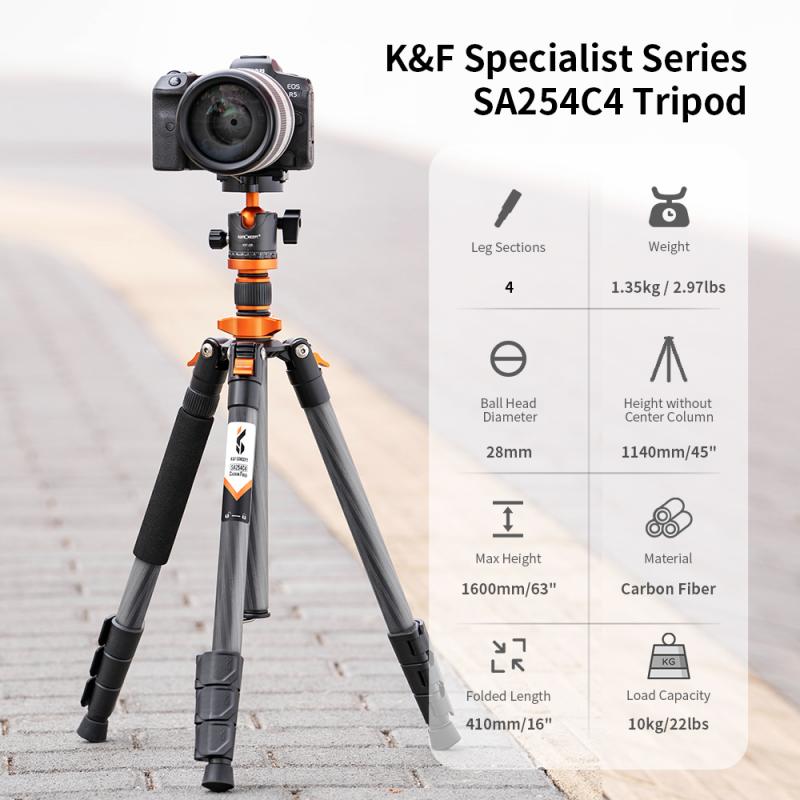
2、 Portability: Monopod is more portable and easier to carry.
When to use a monopod vs tripod? Portability is one of the key factors to consider. A monopod is more portable and easier to carry compared to a tripod. This makes it an ideal choice for photographers who are constantly on the move or need to travel light. Monopods are lightweight and compact, making them easy to fit into a camera bag or backpack. They are also quick to set up and take down, allowing for more flexibility in capturing shots on the go.
However, it is important to note that while monopods offer portability, they lack the stability that tripods provide. Tripods are designed with three legs, providing a solid and stable base for your camera. This stability is crucial when shooting in low light conditions, using long exposure techniques, or capturing sharp images with telephoto lenses. Tripods also allow for precise composition and framing, as they can be adjusted to different heights and angles.
In recent years, there have been advancements in monopod technology that aim to bridge the gap between portability and stability. Some monopods now come with built-in feet or tripod legs that can be extended, providing additional stability when needed. These hybrid monopods offer a compromise between the convenience of a monopod and the stability of a tripod.
Ultimately, the choice between a monopod and tripod depends on the specific shooting situation and personal preference. If portability is a priority and stability is not a major concern, a monopod is a great option. However, if stability and precise composition are essential, a tripod is the way to go.
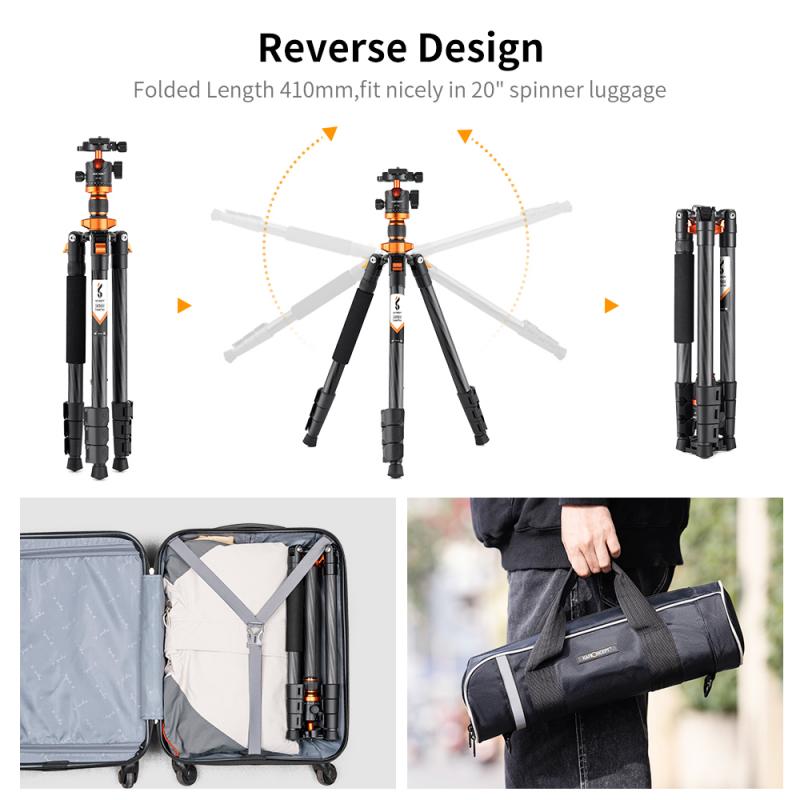
3、 Flexibility: Tripod allows for more versatile positioning and angles.
When to use a monopod vs tripod? The answer lies in the specific needs and preferences of the photographer or videographer. While both monopods and tripods serve the purpose of stabilizing the camera, they differ in terms of flexibility, portability, and stability.
Flexibility is one of the key factors to consider when deciding between a monopod and a tripod. Tripods allow for more versatile positioning and angles due to their three legs. This makes them ideal for situations where precise framing and composition are crucial, such as landscape photography or long exposure shots. With a tripod, you can easily adjust the height, tilt, and rotation of the camera to achieve the desired shot.
However, monopods offer a different kind of flexibility. They are lighter and more compact than tripods, making them easier to carry and maneuver. Monopods are particularly useful in situations where mobility is essential, such as sports photography or wildlife photography. They provide stability while allowing the photographer to quickly move and track the subject.
It is worth noting that advancements in technology have led to the development of hybrid options, such as monopods with tripod legs or tripods with detachable legs that can be used as monopods. These hybrid solutions aim to provide the best of both worlds, offering stability and flexibility in a single product.
In conclusion, the choice between a monopod and a tripod depends on the specific requirements of the shoot. If versatility and precise positioning are paramount, a tripod is the way to go. On the other hand, if mobility and quick adjustments are more important, a monopod may be the better option.
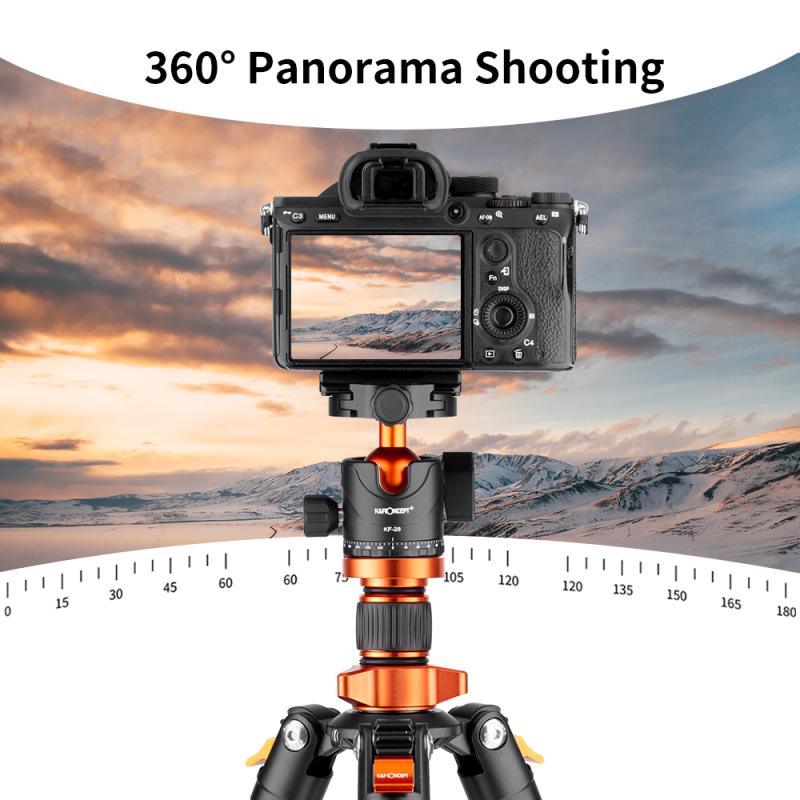
4、 Long exposures: Tripod is ideal for long exposure photography.
When to use a monopod vs tripod? When it comes to long exposure photography, a tripod is the ideal choice. Long exposures require stability to capture sharp and clear images, and a tripod provides just that. It keeps the camera steady, eliminating any potential camera shake caused by handholding.
A tripod offers three legs that can be adjusted to different heights and angles, allowing for precise positioning of the camera. This is particularly important when shooting in low light conditions or when using slow shutter speeds. With a tripod, you can set up your camera and compose your shot, then leave it untouched for the duration of the exposure. This ensures that the image remains sharp and free from any unwanted blur.
Furthermore, a tripod allows for more creative control over long exposures. It enables you to experiment with different techniques such as light painting, star trails, or capturing smooth water motion. These techniques often require exposures that last several seconds or even minutes, and a tripod is essential to achieve the desired effect.
However, it's worth mentioning that there are situations where a monopod can be a viable alternative. A monopod provides some stability while offering more mobility compared to a tripod. It can be useful when shooting in crowded areas or when you need to quickly move from one location to another. Additionally, a monopod can help reduce fatigue when shooting for extended periods.
In conclusion, for long exposure photography, a tripod remains the preferred choice due to its stability and versatility. However, depending on the specific circumstances and shooting style, a monopod can also be a practical option. Ultimately, the decision between the two comes down to the photographer's needs and preferences.
